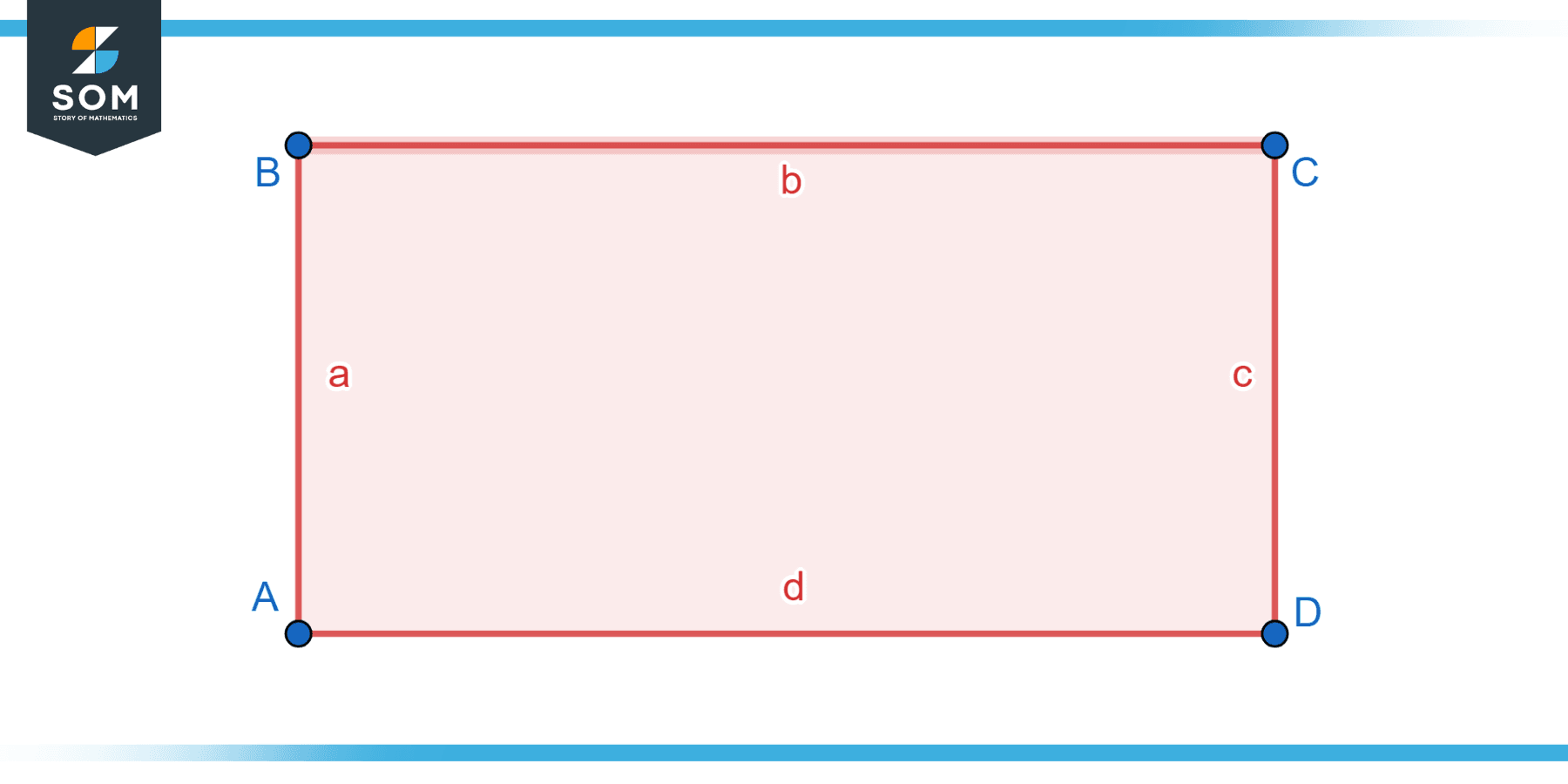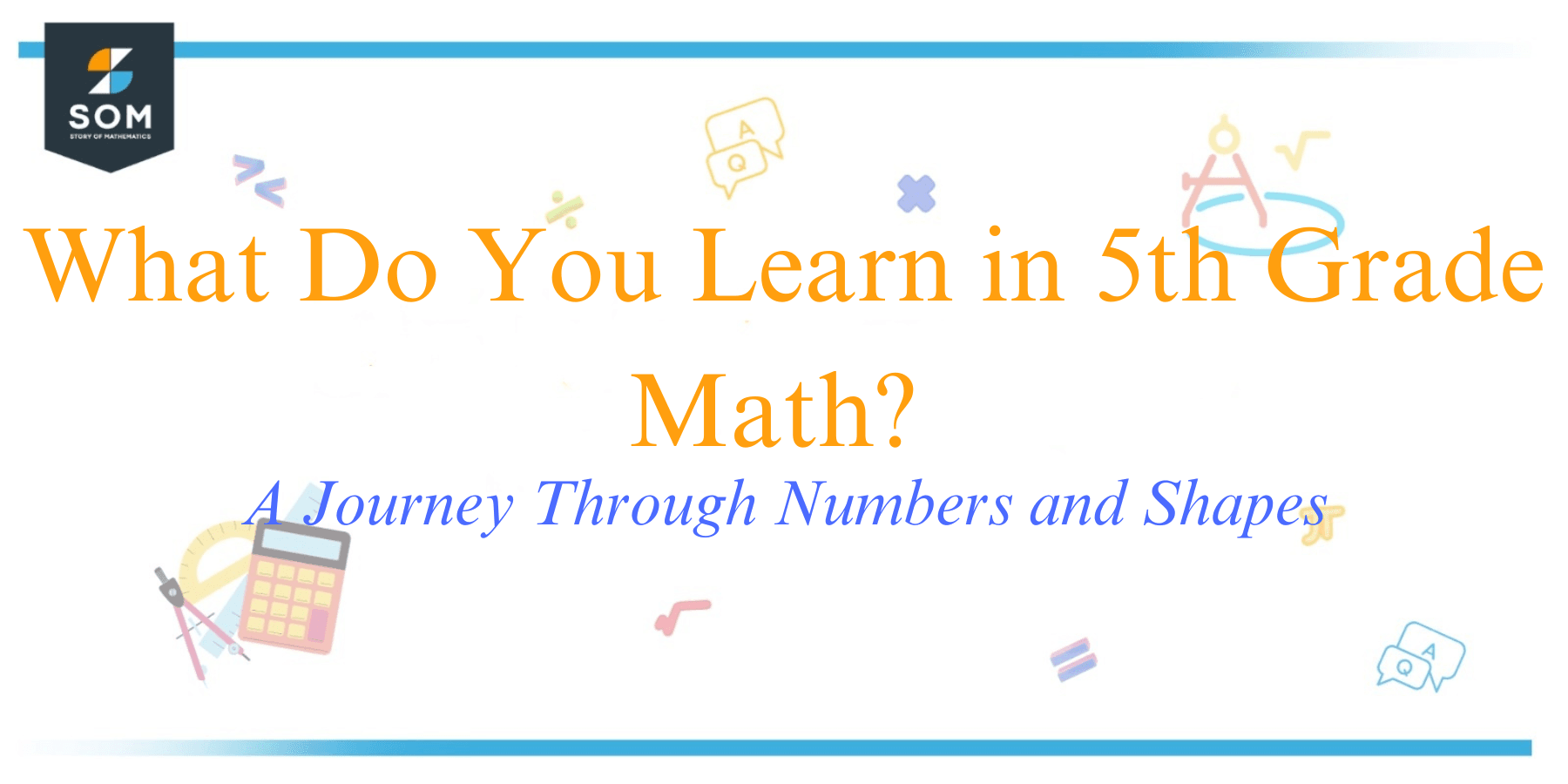JUMP TO TOPIC
What Do You Learn in 5th Grade Math?
In 5th grade math, students enhance their understanding of fractions and decimals, learn to perform operations with larger numbers and explore basic concepts of volume and geometry. They also apply their mathematical skills to real-world problems, such as using graphs and data to make decisions.
Introduction
Fifth grade marks a crucial point in a student’s mathematical journey. It’s a year when foundational math skills are further developed, and new concepts are introduced. In this comprehensive guide, we will explore the key concepts and skills that students typically learn in 5th–grade math.
From mastering arithmetic to delving into fractions and geometry, we’ll delve into the essential topics and provide practical numerical examples with detailed solutions to illustrate each concept.
This thorough exploration will help parents, educators, and students alike gain a deeper understanding of the mathematical world that unfolds in the fifth–grade classroom.
Key Concepts and Skills in 5th Grade Math
Basic Arithmetic
Fifth graders continue to build on their arithmetic foundation, focusing on precision and fluency. Key skills include:
Multiplication and Division
Students refine their multiplication and division skills, tackling multi-digit numbers. They learn long multiplication and division with both whole numbers and decimals.
Operations with Fractions
Introduction to operations with fractions, including addition, subtraction, multiplication, and division of fractions and mixed numbers.
Geometry and Measurement
Geometry Concepts
Students explore geometry, learning about shapes, angles, and properties of polygons. They also work with coordinate grids.
Measurement
Measurement skills expand to include area, volume, and units of measurement such as square units and cubic units.
Data and Statistics
Data Analysis
Introduction to data interpretation and basic statistics, including creating and interpreting bar graphs and line plots.
Probability
Understanding the concept of probability and solving probability problems.
Numerical Examples
Let’s delve into numerical examples to gain a comprehensive understanding of 5th–grade math concepts:
Example 1
Multiplication with Decimals:
Problem: Calculate 3.25 x 4.6.
Solution
Perform multiplication as usual:
3.25
x 4.6
——–
1300 (multiply by 10)
975 (multiply by 6)
+ 650 (multiply by 4)
——–
14.95
So, 3.25 x 4.6 = 14.95.
Example 2
Fractions – Adding and Subtracting
Problem: Add 1/3 and 2/5.
Solution
Find a common denominator, which is 15 in this case:
5/15 + 6/15 = 11/15
So after addition, 1/3 + 2/5 = 11/15.
Example 3
Geometry – Finding the Area
Problem: Find the area of a rectangle with a length of 8 units and a width of 5 units.
Solution

Use the formula for the area of a rectangle:
Area = Length x Width
Area = 8 units x 5 units
= 40 square units
So, the area of the rectangle is 40 square units.
Example 4
Data Analysis – Creating a Bar Graph
Problem: Create a bar graph to represent the number of apples sold by a fruit vendor in a week.
Solution
- Create a bar graph with days of the week on the x-axis and the number of apples sold on the y-axis. Plot the data accordingly and label the axes.
Example 5
Probability
Problem: If a fair six-sided die is rolled, what is the probability of rolling a 4?
Solution
There is one favorable outcome (rolling a 4) out of six possible outcomes (numbers 1 through 6).
So, the probability of rolling a 4 is 1/6.
Example 6
Division with Decimals
Problem: Calculate 4.8 ÷ 2.
Solution
Perform division as usual:
4.8
÷ 2
——
24 (move the decimal point one place to the right)
So, 4.8 ÷ 2 = 24.
Example 7
Fraction Multiplication
Problem: Multiply 2/3 by 5/4.
Simply multiply the numerators together and the denominators together:
Solution
To simplify, find the greatest common divisor (GCD) of 10 and 12, which is 2. Divide both the numerator and denominator by 2:
(2/3) * (5/4) = (2 * 5) / (3 * 4) = 10/12(10/2) / (12/2) = 5/6
So, (2/3) * (5/4) = 5/6.
Example 8
Geometry – Finding Perimeter
Problem: Find the perimeter of a rectangle with a length of 12 units and a width of 7 units.
Solution
Use the formula for the perimeter of a rectangle:
Perimeter = 2 × (Length + Width)
Perimeter = 2 × (12 units + 7 units) = 2 × 19 units = 38 units
So, the perimeter of the rectangle is 38 units.
Example 9
Data Analysis – Interpreting a Line Plot
Problem: Interpret the following line plot that represents the number of books read by students in a class. How many students read 5 books?
Solution
The line plot shows that for each X mark, one student read a certain number of books. Count the X marks above 5 books:
X X X X X
There are 5 X marks above 5 books.
So, 5 students read 5 books.
Example 10
Probability – Rolling Dice
Problem: If a fair six-sided die is rolled, what is the probability of rolling an even number (2, 4, or 6)?
Solution
There are three favorable outcomes (rolling 2, 4, or 6) out of six possible outcomes (numbers 1 through 6).
So, the probability of rolling an even number is 3/6, which can be simplified to 1/2.
Conclusion
Fifth–grade mathematics is a crucial step in a student’s mathematical journey, where foundational math skills are further developed and new concepts are introduced. The key concepts and skills learned in 5th–grade math, as illustrated through numerical examples, serve as the building blocks for more advanced mathematical concepts in subsequent years. These skills empower students to engage with mathematics in a meaningful way, laying the groundwork for a future filled with mathematical exploration and problem-solving.
By mastering arithmetic operations with decimals, operations with fractions, geometry, measurement, data analysis, and probability, 5th graders develop a solid mathematical foundation that extends beyond the classroom. These skills enable them to think critically, make informed decisions, and apply mathematical reasoning to real-world situations. As students continue their mathematical journey, they carry with them the invaluable knowledge and skills acquired during this crucial stage of learning.

